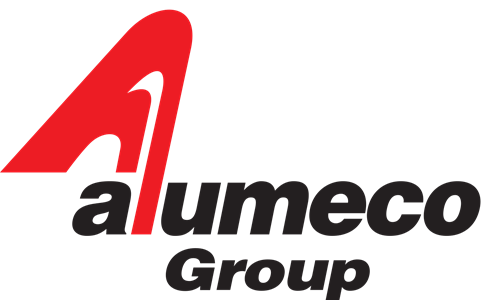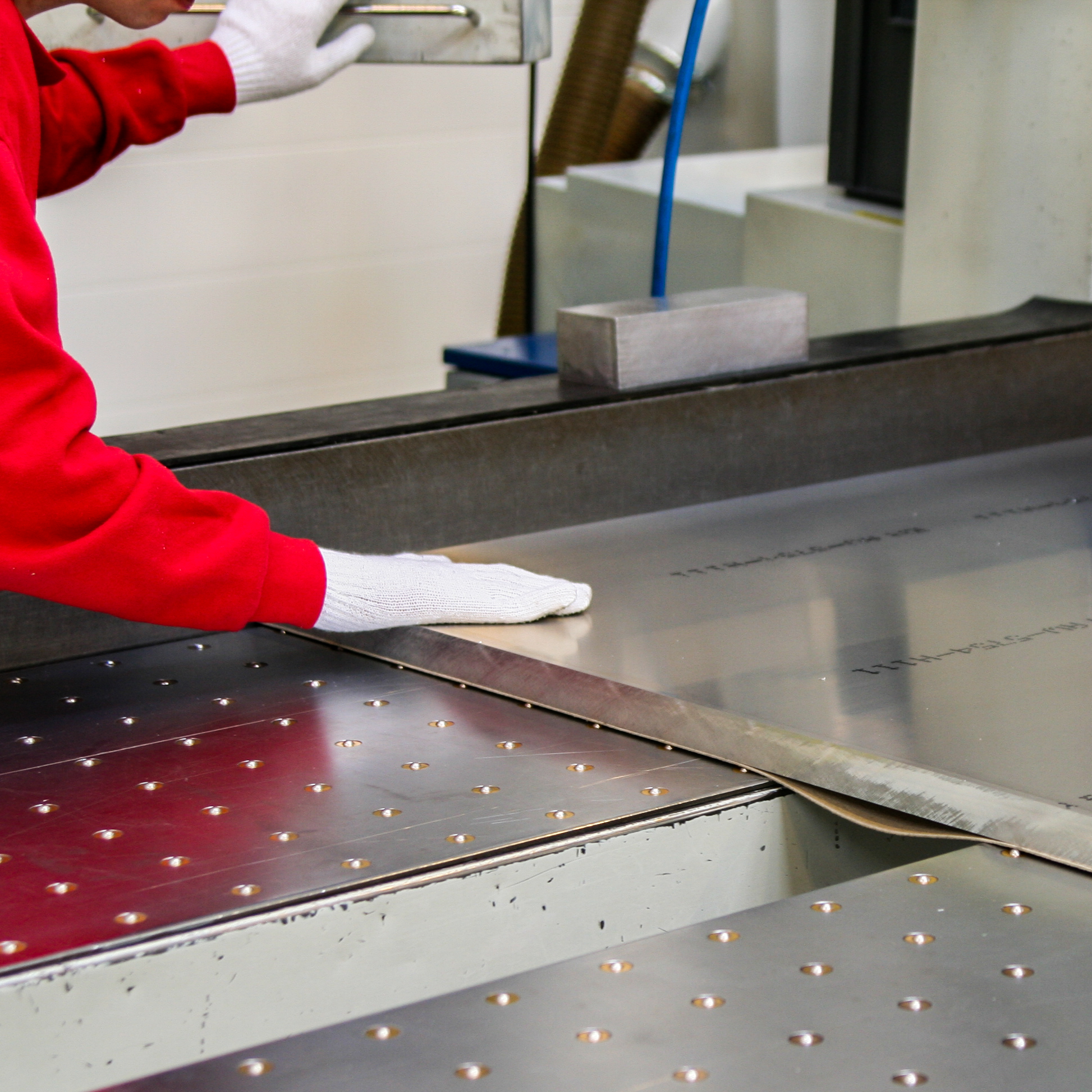







Waga:
Czas dostawy tego materiału nie jest znany, ale i tak możesz go kupić i zarezerwować
Materiał jest w drodze - czas dostawy nie jest znany
Nie znaleziono rabatu
Waga:
Czas dostawy tego materiału nie jest znany, ale i tak możesz go kupić i zarezerwować
Materiał jest w drodze - czas dostawy nie jest znany
Nie znaleziono rabatu




























Wyślemy Ci e-mail, gdy materiał będzie ponownie dostępny
Wprowadzony adres e-mail wygląda na nieprawidłowy.
Wyślemy Ci e-mail, gdy materiał będzie ponownie dostępny
Zdobądź płytę przyciętą do żądanych wymiarów. Możesz wpisać wymiary w polach i natychmiast otrzymać obliczoną cenę.
Uzyskaj przycięty pręt, okrągły, kwadratowy lub inny, do żądanych wymiarów. Możesz wpisać wymiary w polach i natychmiast otrzymać obliczoną cenę.
Nieprawidłowa wartość lub brak wartości
Wartość wyższa niż dozwolon
Nieprawidłowa wartość lub brak wartości
Wartość wyższa niż dozwolon
Nieprawidłowa wartość lub brak wartości
szt.
Wybierz wariant
Magazyn
Niedostępne
Magazyn
Czas dostawy tego materiału nie jest znany, ale i tak możesz go kupić i zarezerwować
Materiał jest w drodze - czas dostawy nie jest znany